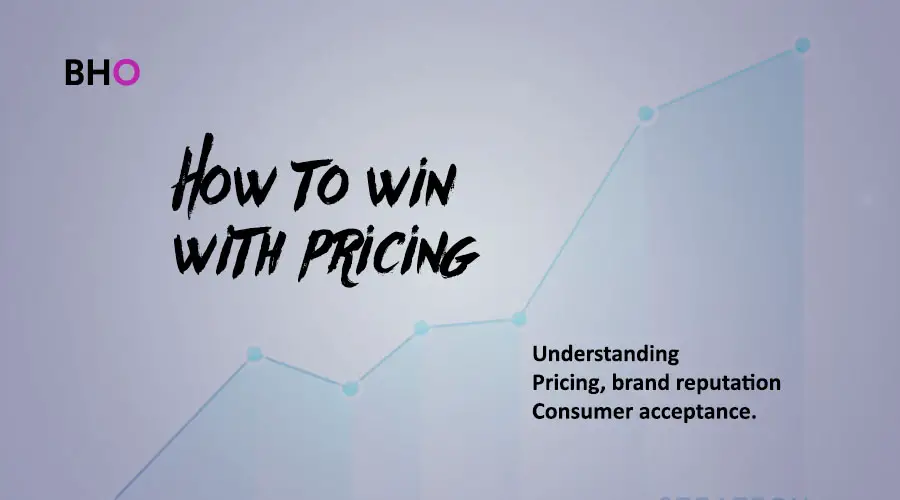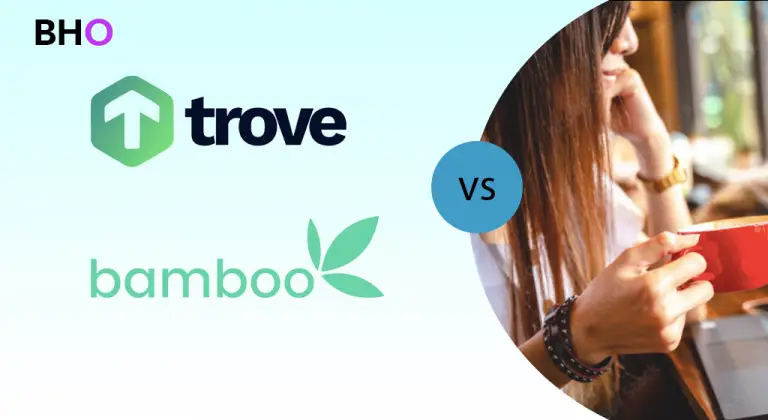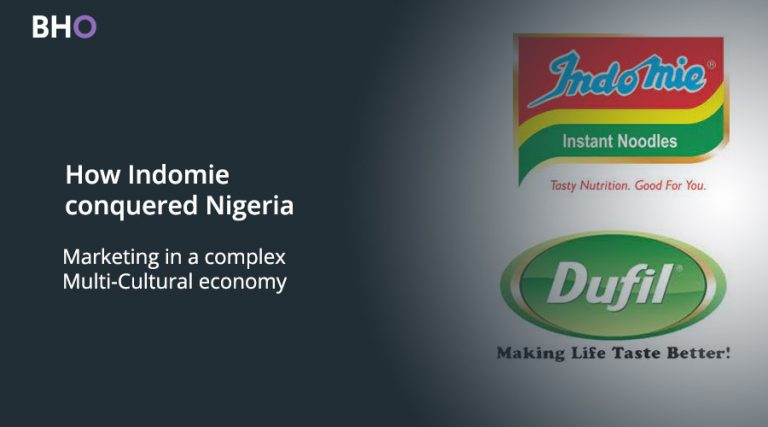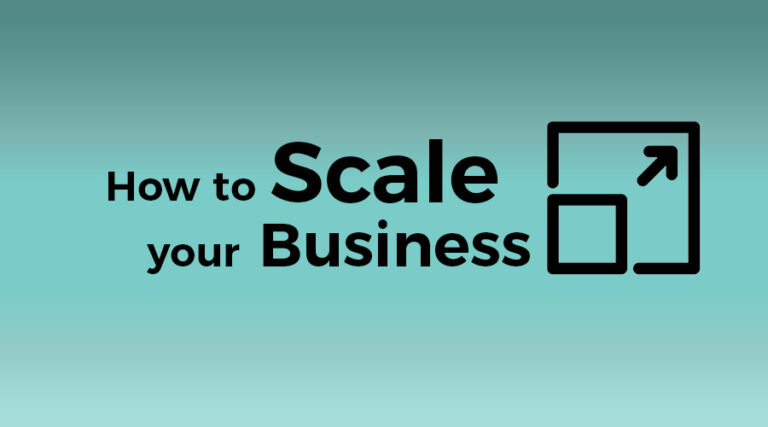How to win with Pricing: Understanding Pricing, brand reputation and consumer acceptance.
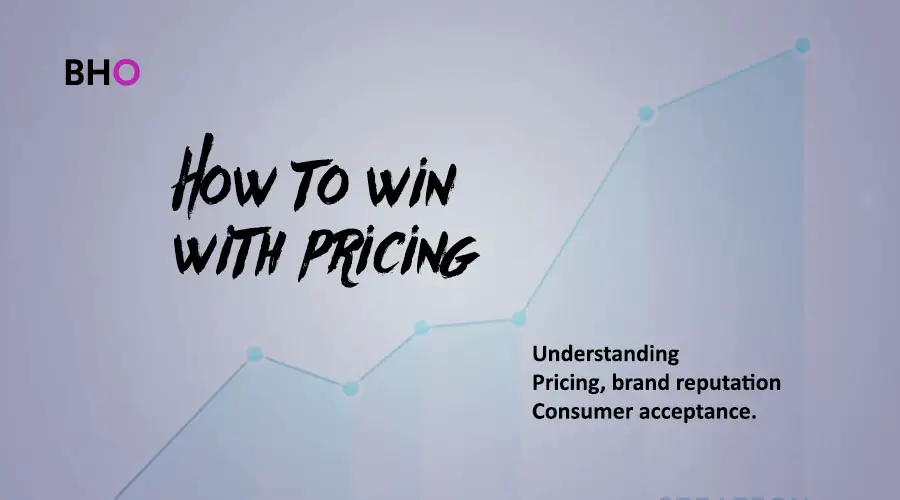
Many firms, unwittingly or not, use psychological pricing techniques when determining the price of their product or service. The method of organizing and presenting prices to appeal to consumers’ emotions and influence their decision-making processes is known as psychological pricing (Pride and Ferrell, 1997).
Table of Contents
Psychology of Pricing
Pricing is more than simply a game of numbers; it’s a psychological game. Customers are more likely to acquire a product based on their perception of price than on the real price. The psychology of pricing and price perception are often more important than the actual price of a product.
As a business owner, getting clear on your niche is the foundation for everything; the way you enter the minds and emotions of your customers represents you in a language that your target audience will understand.
Related: Start up die: Thoughts on startup failure
Branding and Pricing
The relevance of branding and pricing is acknowledged at this point.
Statistics show that 64% of customers who have a strong personal connection to a brand are willing to pay a premium for it. It’s not about the logo, product, or what people see; it’s about how you make them feel. A brand must be meaningful, authentic, respect relationships, and connect with people on a personal level.
Purchasing Power
Purchasing power is the number of goods and services that can be purchased with a unit of currency in a country. If you rent a flat in Nigeria for instance with a certain amount of money, it is almost impossible to get accommodation with that amount in the US currency Same services but different price values. The brand’s reputation influences the purchasing power of a customer, as long as a brand has perfect taste and is popular, the consumer can go the extra length to purchase its goods.
Finding commonality between what your customers care about and what you care about is a great way to build a great brand. By doing so, you can better relate to their pain points and persuade them to buy your product. When it comes to selling your goods, you can use a variety of tactics. Tell stories via a variety of lenses, and use content to create a person. Make a point of distinction in your relationship.
Marketing and Pricing
Pricing is a critical component of marketing; it is the battleground in any firm. Unlike other aspects such as product and niche, which are difficult to modify.
Varieties of pricing strategy are used on a product to determine the most effective pricing strategy for the business. it is the easiest and adjustable marketing variable, It is everything that went into the business, from time, money, materials, and perceived value
Make sure you’re neither underpricing or overpricing; in some circumstances, charging too much can cost you if you haven’t done good marketing or successfully positioned yourself; it’s better to work with a pricing system that your clients understand.
Related: How to determine product market fit
Brand Reputation and Pricing: The tradeoff
How a High brand reputation affect the price rate in attracting premium customers?
VALUE is the crucial word here;
When buyers are ready to pay more for a product in a commodity market, the brand is more likely to be successful enough to have given value over time.
If you want a premium brand, you should make it conjure the experience of higher quality in whatever industry you’re in, hence targeting a high-end client who is willing to pay a premium for the goods.
Consider the following scenario: you go to the supermarket to buy ketchup, and the store brand costs $1. A $1.50 bottle of Heinz ketchup sits next to it. Both products are likely to be equally good. Customers that pay the $0.50 premium for Heinz will be purchasing a premium brand.

The same can be said for the other extremes product: Only a high-end client would consider an Emellette London brand that sells a particular shirt for $190.
It all boils down to the company, they have been able to JUSTIFY THE VALUE to consumers about the PREMIUM PRICE they are paying. It must be relevant, resonate with customers, and be credible.
How a low brand reputation can make sales with a larger audience.
It is difficult to market a startup. It’s quite difficult. In the early phases of a new business, knowing that the resources required to implement any marketing strategy are quite limited.
How to target a specific market segment
Pay close attention to the details.
Do not believe there is a single recipe for advertising a new company or brand. Any business or budget demands meticulous attention to detail, a thorough awareness of the target audience, and a thorough comprehension of the duties at hand.
It’s also possible to do it on a low budget. Here’s how to go about it.
Know who you’re trying to reach
Determine who is looking for the products or services you provide. Consider how you may help them with their issues. Examine the market and your competition. Make a lot of connections, be prepared always with an elevation pitch.
Finally, develop consumer personas resources to implement any marketing strategy. Seek out opportunities to talk about your startup; this will help you gain exposure. Attend conferences and networking event, this is an excellent avenue to meet key decision-makers.
Related: Mass Market or Niche Market
How to determine a price
Choose a price equal to the value you are delivering
Choose a price that your customers can perceive they are getting value, It must be relative to what your competitors are offering, yet high enough in generating profit. You can price high and go low, but it’s almost difficult to go low and price high, periodically raise your price depending on the cost.
The Business playbook
Having an excellent sales book is also more vital to people’s abilities. A business playbook contains all of the components that make up a business, including the precise location for getting things done, processes, procedures, cultural values.
The best business playbook system that has been proven to be effective is on the Job training and a working manual that guides a new employee in getting started with their desired company.

